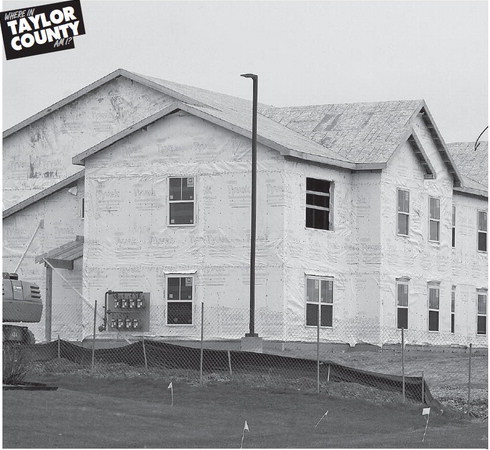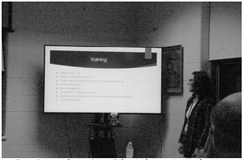Expand development law to promote residential growth
Tax incremental districts have been a valuable economic development tool for communities for decades. They have helped retain and create jobs in communities both big and small and have increased regional viability.
It is time to build off that success in promoting industrial and commercial growth to grow the residential population, particularly in rural communities. State law needs to be changed to allow TIDs focused on growing residential areas. Current law only allows residential areas in TIDs as part of a multi-use district tied to nearby industrial or commercial use areas. TIDs are a development tool where the overlying taxing districts give up their share of property taxes on improvements in the districts to the municipality to allow the municipal government to pay for infrastructure upgrades such as street and utility extensions. TIDs exist until a set date or until the debts of the district have been paid off. In addition to roads and utilities, TIDs are also used to do such things as purchase land, provide development incentives, assist with fire protection equipment purchases and for park or trail development which provide benefits for the entire community.
Communities such as the city of Medford have successfully used targeted TIDs to partner with industry to build a solid and diverse base of employment opportunity. This has benefited not only the city but the surrounding communities as workers commute to Medford from elsewhere.
With an aging workforce population across the state and employers scrambling for workers, adequate and affordable housing has become a major barrier in getting families to relocate to rural communities. Housing developers face the same barriers as industrial or commercial developers with high upfront costs before seeing any sort of cash flow. Financial institutions are often hesitant to lend money to these projects, especially in smaller communities, because of the high risks involved.
In recent years, the state legislature has expanded the TID law to allow villages and towns to establish their own districts. This has largely bypassed the rural areas of the state where small municipalities lack the utility infrastructure needed for commercial or industrial applications. While still costly, the amount of community infrastructure needed to support a residential development is far less than that of commercial or industrial development. Allowing residential TIDs would give local leaders another tool to work with developers and make an investment in the future of their communities.
Such a TID law could be tailored to benefit primarily rural areas and help avoid sprawl areas by limiting their use to counties below a certain population or to address redevelopment of brownfi eld locations. Likewise the lifespan of residential TIDs could be adjusted to allow for a reasonable payback period on debt incurred while not overly stretching it out, which is a valid criticism of the current industrial and mixed-use TID law.
Expanding the law to include residential TIDs would give rural leaders a tool to promote growth and ensure the longtime viability of their communities, benefi ting current and future residents.
Members of The Star News editorial board include Publisher Carol O’Leary, General Manager Kris O’Leary and News Editor Brian Wilson.





